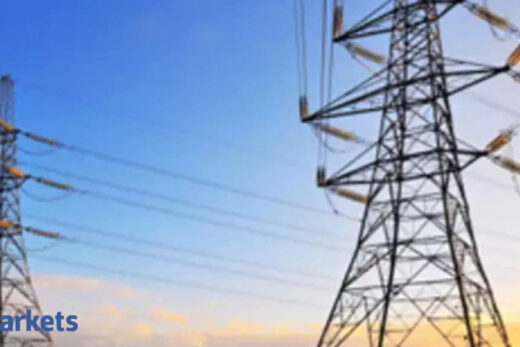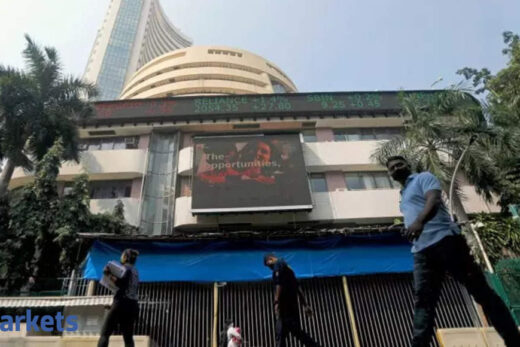This is not the first time that the Prime Minister has made the announcement of the Rs 100 lakh crore infra package. How do you think the implementation has been so far? Could you share your thoughts with on this new Gati Shakti National Master Plan?
You know, while the media has rightfully picked up the Gati Shakti Bharat Master Plan as the key point in the PM’s Independence Day speech which focussed on the infra sector, if you allow me, we can pause for a minute. I want to actually share with your viewers that the PM’s Independence Day speech had push seven buttons on infrastructure.
Very quickly: number one, of course is the Rs 100 lakh crore Gati Shakti Bharat Master Plan that you just spoke about. Number two is energy self sufficiency by 2047. Number three is zero carbon emissions by 2030. Number four is 75 new Vande Bharat trains. Number five is a northeastern focus where every capital of a Northeastern State will be connected by rail. Number six is a saturation; to reach a saturation level and providing citizens with all basic services – road connectivity, electricity, water, Ayushman Bharat coverage, piped water, gas and bank accounts. The last is a special infrastructure development focus for Ladakh.
Here are seven buttons for the infra push that I find from the morning newspapers. The media has basically picked up the Gati Shakti Bharat Plan because of the great Rs 100 lakh crore figure, but believe me, the balance points are equally important. Going back to your question, what is on everybody’s mind is the questions being asked on social media. Is the announcement of Gati Shakti Bharat Master Plan a subset of the national infrastructure plan NIP or is it an additionality? Is it an addition to the national investment plan?
Difficult to answer the question without full details coming in, because the PM himself said that the details will be out in a few days’ time. We will have to wait for the details. But as things stand, the broad picture that emerges, as I understand with some informal discussions with bureaucrats in Delhi, is that it is likely or it is positioned to be an additionality. Here are two reasons why it is likely to be an additionality.
One it is likely to provide more details on multimodality. Remember India has already done a fair amount of work in the road and rail space in trans-connectivity, even connecting north to south, east to west, and the various fronts. The Gati Shakti Bharat Plan actually now wishes to do two things. It will connect the smaller district, the district towns, and the unconnected economic clusters, and roads to the trunk infrastructure which has been well laid out for the last two decades.
The second is that it also wishes to provide spurs to the specific industrial and economic clusters across the country as there are measures of creating jobs and promoting connectivity as a spur to economic growth. This is my broad take on that.
What about the inclusion of being energy independent and having zero reliance on imports? Do you think that we have the resources in green energy?
It is eminently doable if we have the focus that has been demonstrated in promoting renewable energy. Renewable energy in the last few days just crossed 1,00,000 megawatts and the goal is not for today. Please note that the energy self-sufficiency is planned for 2047, which is the 100th anniversary of India’s independence. We have actually got a vision statement of 25 years to achieve this goal which is eminently doable.
How will we do it? First, of course is the big announcement on the national hydrogen mission. It is actually a game changing announcement that India is going to strive to become a world leader in the production and export of hydrogen. It is a very interesting point. Critics of hydrogen often point out that it is an inefficient way to generate hydrogen because you are using electricity to split the hydrogen and oxygen atom. They are saying for using electricity anyway for hydrogen production, why not use electricity straightaway.
It is an inefficient way to demonstrate hydrogen, so your viewers will have to know the specific reference that the PM made to green hydrogen mission. Green means that much of the hydrogen is expected to be generated from renewable sources by the additionality renewable. That is an important point to note to address the critics of the efficient method of producing hydrogen.
Secondly, the PM in energy self-sufficiency also spoke about the railways moving 100% to electric traction: The rapid rise in electric vehicles on India’s roads and the use of CNG and piped gas and ethanol blending. All of these should lead to a certain degree of energy self-sufficiency in 25 years’ time. It is an eminently achievable target.



